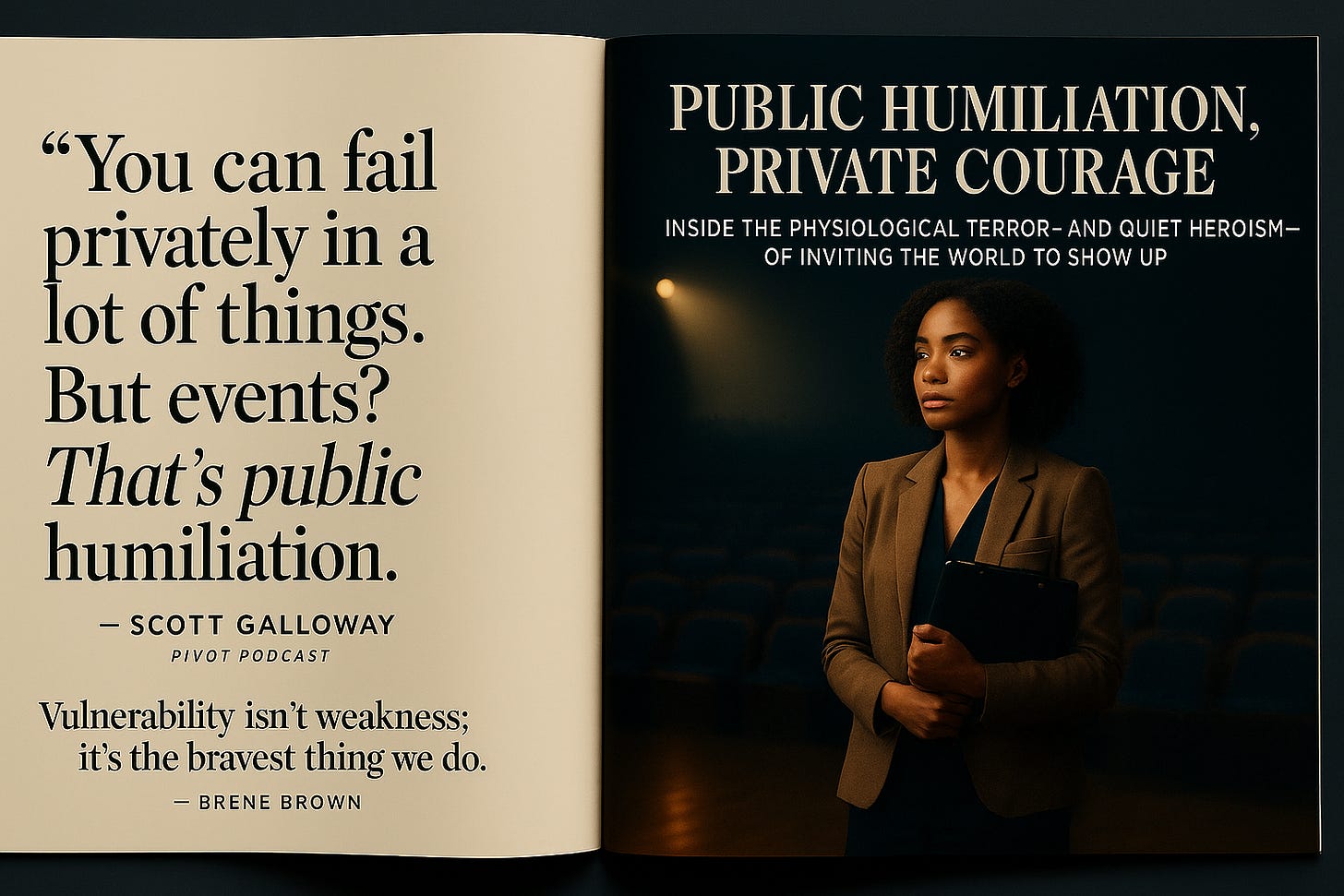Behind the Curtain, Braver Than You Know: The Hidden Heroism of Event Pros
True courage isn’t loud—it’s staying calm when 1,200 people are watching and everything goes wrong. Neuroscience calls it resilience. Brené Brown calls it daring leadership. We just call it Tuesday
There’s a moment—just before the room fills—that anyone who has ever organized something knows by heart. Lights are set, slides loaded, place-settings immaculate—or maybe it’s just a coffee-stained table in a pitch room. The checklist is almost complete, yet the mind churns and the heart races as a single question swells in the throat: What if no one co…




